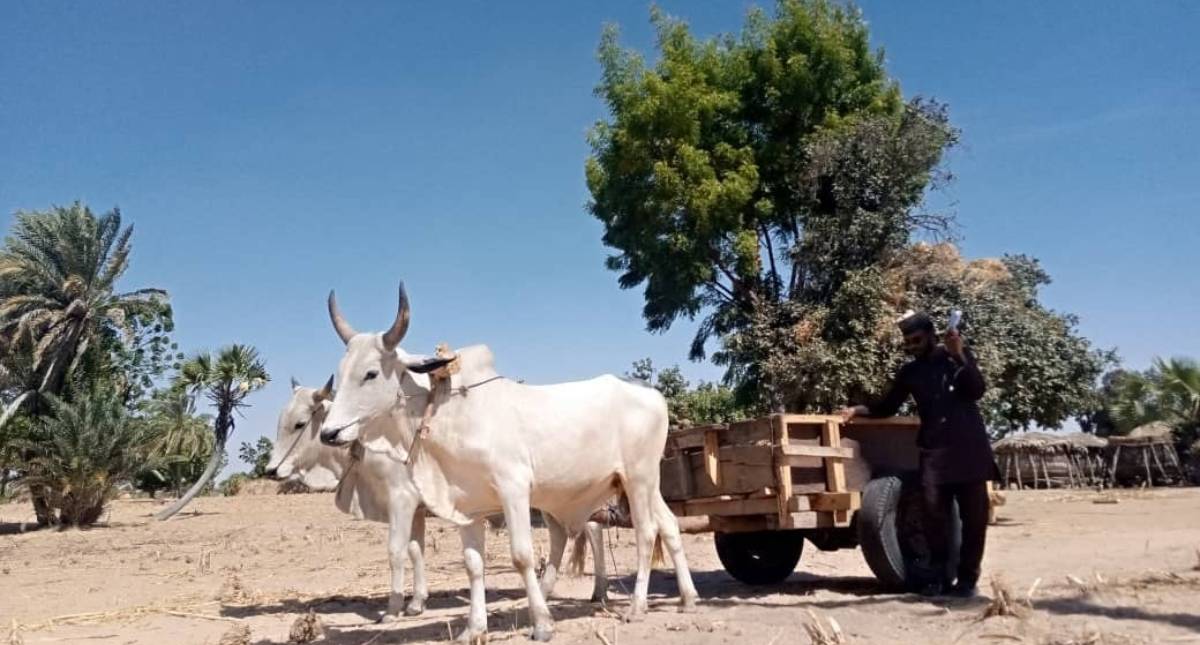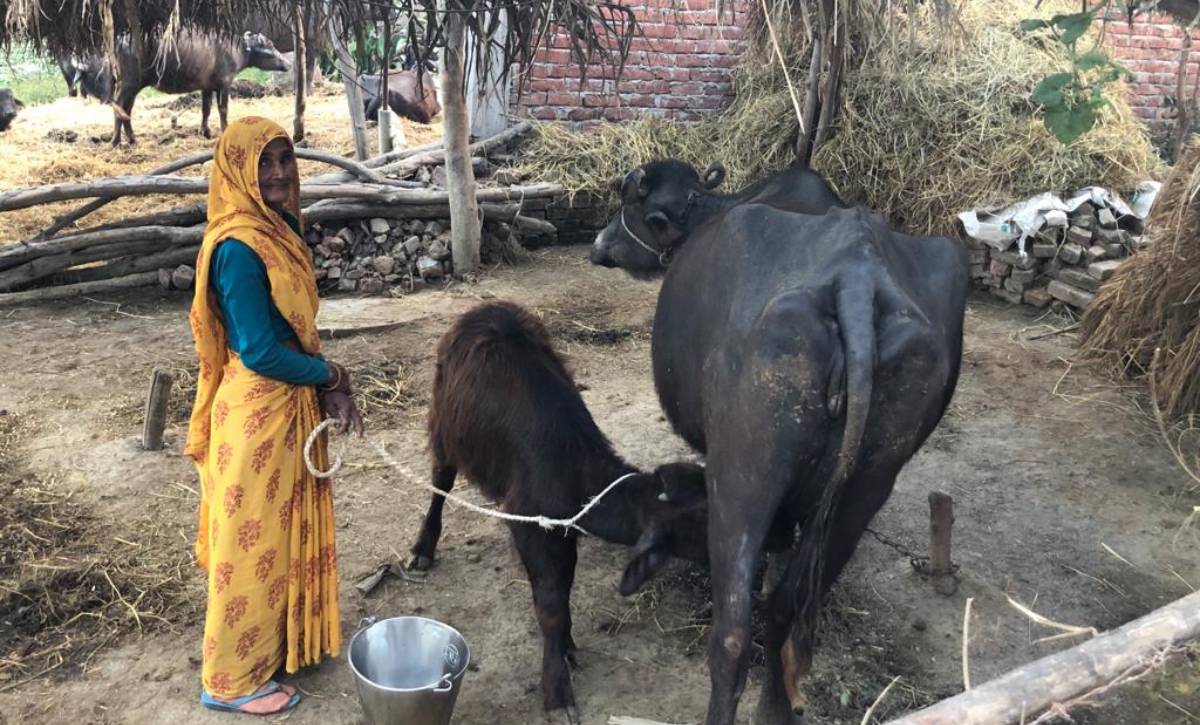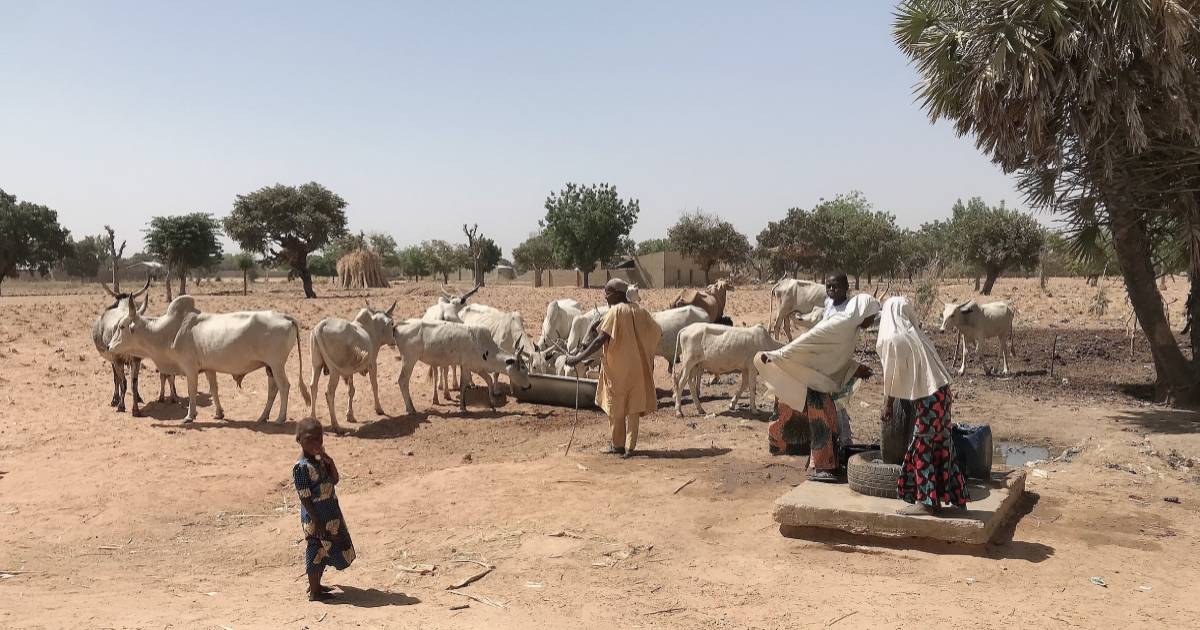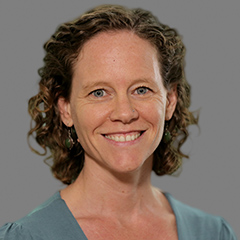This blog is part of our Growing the Evidence series, which contains evidence and insights uncovered by Mathematica’s researchers in the international food and agriculture sector.
Dairy production holds the potential to improve the livelihoods of smallholder farmers, but fails to attract the level of development funding seen in other agricultural sectors. It can provide income opportunities, particularly for women, and high-quality nutrition; it also provides farmers with a form of savings, as farmers often buy livestock when they have extra cash and sell when they need money. Dairy production also generates inputs like organic fertilizer that are important to crop production and can also serve as a form of productive capital, as cattle can be used for ploughing and transporting goods to market. Dairy and livestock production accounts for more than 30 percent of agricultural gross domestic product in much of sub-Saharan Africa and South Asia, so why does it account for only 3 percent of global funding for agricultural development? To help answer this question, Mathematica is evaluating two investments by the Bill & Melinda Gates Foundation that could shed light on the challenges associated with dairy production and how to improve the livelihoods of smallholder dairy farmers.
The foundation funds the Advancing Local Dairy Development in Nigeria (ALDDN) program and the Stellapps program in Uttar Pradesh, India to help smallholder dairy farmers access higher quality productive inputs, such as feed and veterinary services, and access markets so they can sustainably increase household dairy production, sales, and incomes. By comparing various approaches to developing the dairy sector in two vastly different contexts, we hope to learn which constraints are binding for smallholder dairy farmers and what kinds of interventions can remove those constraints.
Programs face persistent constraints to unlocking the dairy sector’s potential for smallholder farmers
Although dairy can be produced year-round, unlike most crops, seasonal fluctuations in weather and access to water, land, and feed can reduce productivity and investment. In Northern Nigeria, smallholder farmers are faced with diminished access to water, land for grazing, and feed during the dry season. Dairy productivity is substantially lower from approximately October to March and, as a result, some smallholders engage in seasonal migration with their herds. This pattern makes it challenging to obtain milk for dairy processors seeking a continuous supply and for households that go without nutrient-rich milk during lean periods.
One challenge that distinguishes the dairy sector from other types of agricultural production is that the product only lasts for a few hours before it spoils, especially in hot climates. Development of the dairy value chain faces something of a chicken-and-egg problem; farmers are hesitant to invest in cows without certainty that they will be able to keep their milk cold through storage, transportation, and distribution, and buyers are hesitant to invest in the infrastructure to keep milk cold without a level of milk production that would make the expenditure worth their while. Because low or fluctuating demand can pose a major problem for dairy farmers, the level of investment in the dairy sector often depends not only on improving farmers’ ability to produce more milk, but also their ability to transport and sell it.
Context matters, even when constraints are addressed

A oxen drawn cart in Jigawa State.
In Nigeria, it is cheaper for dairy processors to import and reconstitute dry milk from Europe than to rely on pricier, locally sourced milk of inconsistent quality and quantity. ALDDN aims to address this challenge using a multi-pronged approach that includes lobbying for import tariffs, linking dairy processors to producers, and boosting the dairy productivity of smallholder producers by providing year-round access to water and feed and animal husbandry services. For ALDDN to succeed, it must be profitable for both smallholder farmers and dairy processors. But sustaining the success of ALDDN and the dairy sector in Nigeria will depend on factors outside of the program’s control, such as the price of imported milk, as well a shift in the level of domestic preferences for fresh milk. This is complicated by the fact that many Nigerians are lactose intolerant and prefer dairy products that are lower in lactose like yogurt, butter, ghee, cheese, and wara to fresh milk.
In Uttar Pradesh, many dairy farmers primarily sell their milk to be processed for sweets. Once the milk is processed into khoya—condensed milk solids that can be used to make sweets—it is preserved so farmers can sell it without a well-functioning cold chain. This milk product garners a higher price; farmers report receiving up to twice the price per liter of raw milk for processed sweets. But returns to processed sweets are highly variable, with prices rising in the festival season and plummeting as demand dissipates during other times of the year. In this environment, farmers face a choice between catering to a fluctuating sweets market and a fresh milk market with steady—but typically lower—returns. The segmented nature of the market presents a dilemma for prospective buyers who prefer a steady supply of milk that isn’t disrupted by seasonal competition with the sweets market. The Stellapps project in India is being implemented in the hopes that stable demand will draw enough farmers into the fresh milk market to create a more robust dairy value chain.

Smallholder dairy farmer in Uttar Pradesh raising cattle.
The success of these dairy investments depends on enabling policy environments, supportive government policies, profitable private sector partnerships, and consistent demand for locally sourced products. For example, in Nigeria, ALDDN is advocating for policies such as import tariffs that encourage the use of locally sourced milk rather than cheaper imported dry milk. In Uttar Pradesh, Stellapps is investing in the entire value chain, including farmer-level technologies, extension support for farmers, and village-level and centralized collection and cooling centers. In both settings, the capacity and resources of national and local agricultural extension systems, as well as the policy environment shaping input availability, will influence the success of smallholder dairy producers in the short term and the sustainability of their operations over the long term.
Evidence will guide future smallholder dairy investments
Mathematica’s evaluation of the ALDDN program in Northern Nigeria assesses its impact on dairy production, the livelihoods of smallholder dairy farmers, and women’s empowerment. In addition to shedding light on programming that can alleviate constraints, the evaluation will also generate lessons about a private sector-focused approach to developing the dairy sector. In Uttar Pradesh, our evaluation looks at the effectiveness of the Stellapps program, with an emphasis on measuring the impact of digital interventions on dairy production and the livelihoods of smallholder dairy farmers. Through these efforts, we will help the foundation, other funders, implementing organizations, and policymakers better understand how to effectively roll out, implement, and scale digital technologies and services to address constraints to profitable dairy production for smallholder farmers. The findings from these evaluations will also guide funder, implementer, and policymaker decisions about whether and how to scale and design future investments that maximize wellbeing for smallholder farmers in sub-Saharan Africa and South Asia. Future investments in smallholder dairy productivity will, however, also need to account for the countervailing impacts of livestock on global greenhouse gas emissions that contribute to climate change, such as feed management strategies to reduce methane produced by dairy cows.




